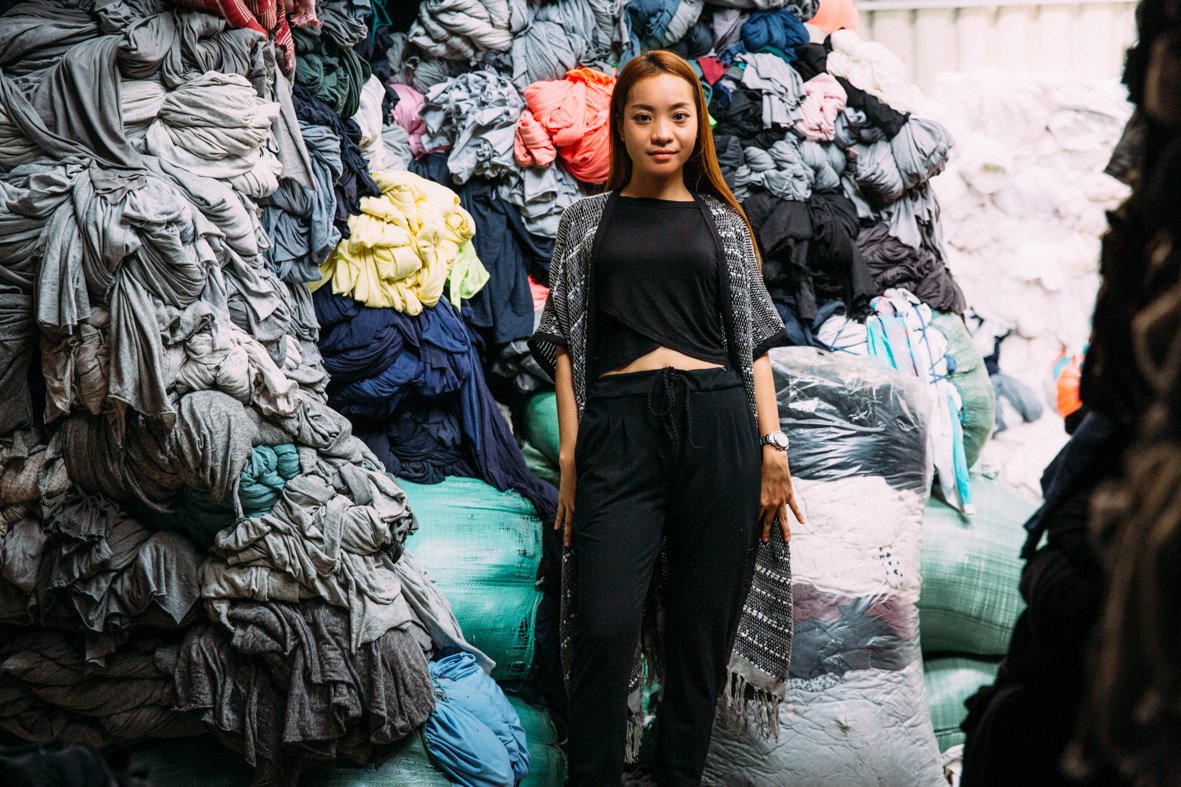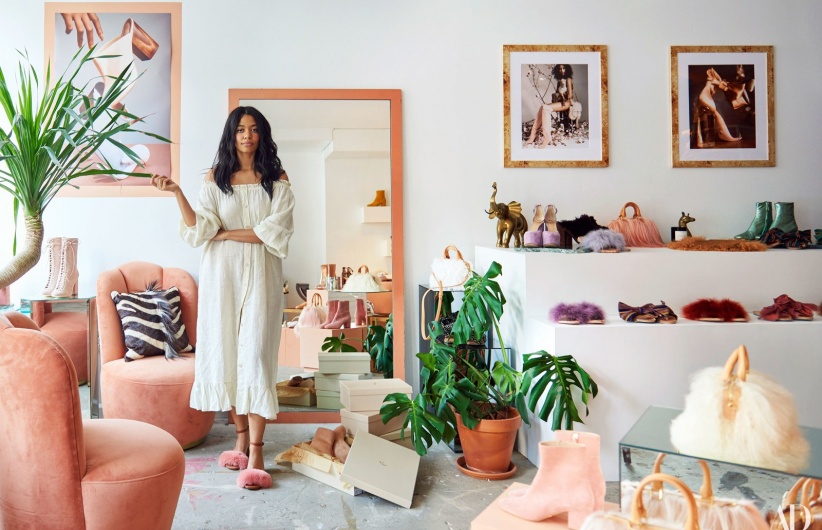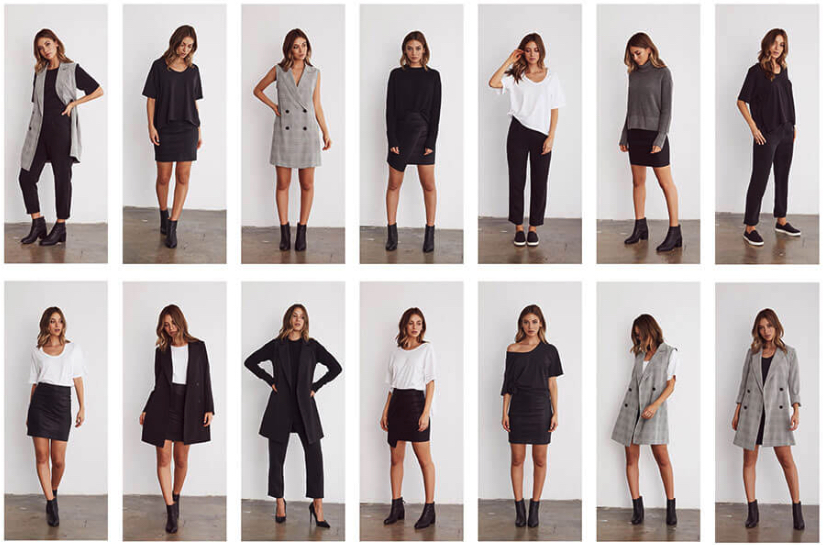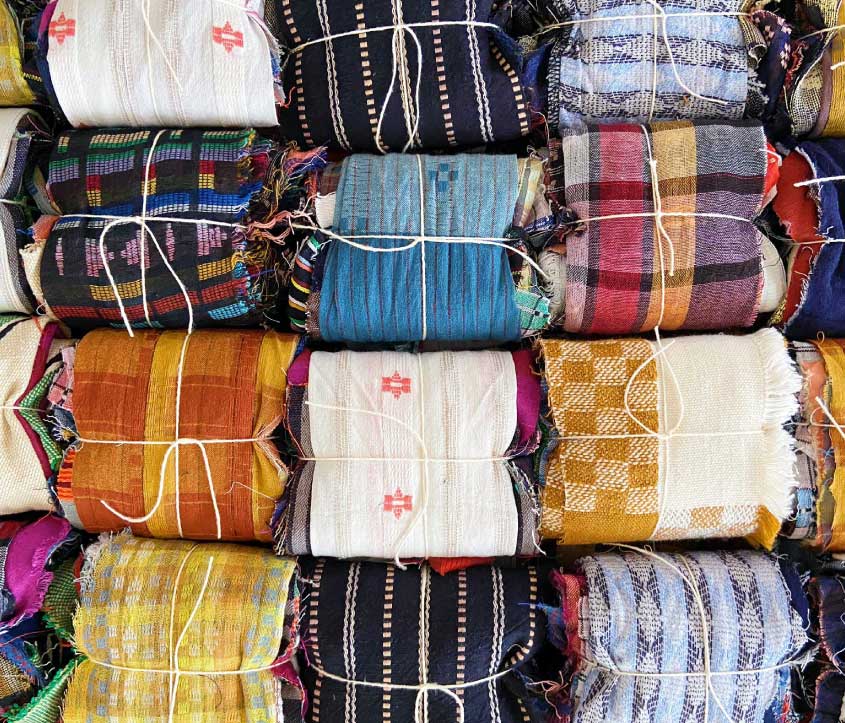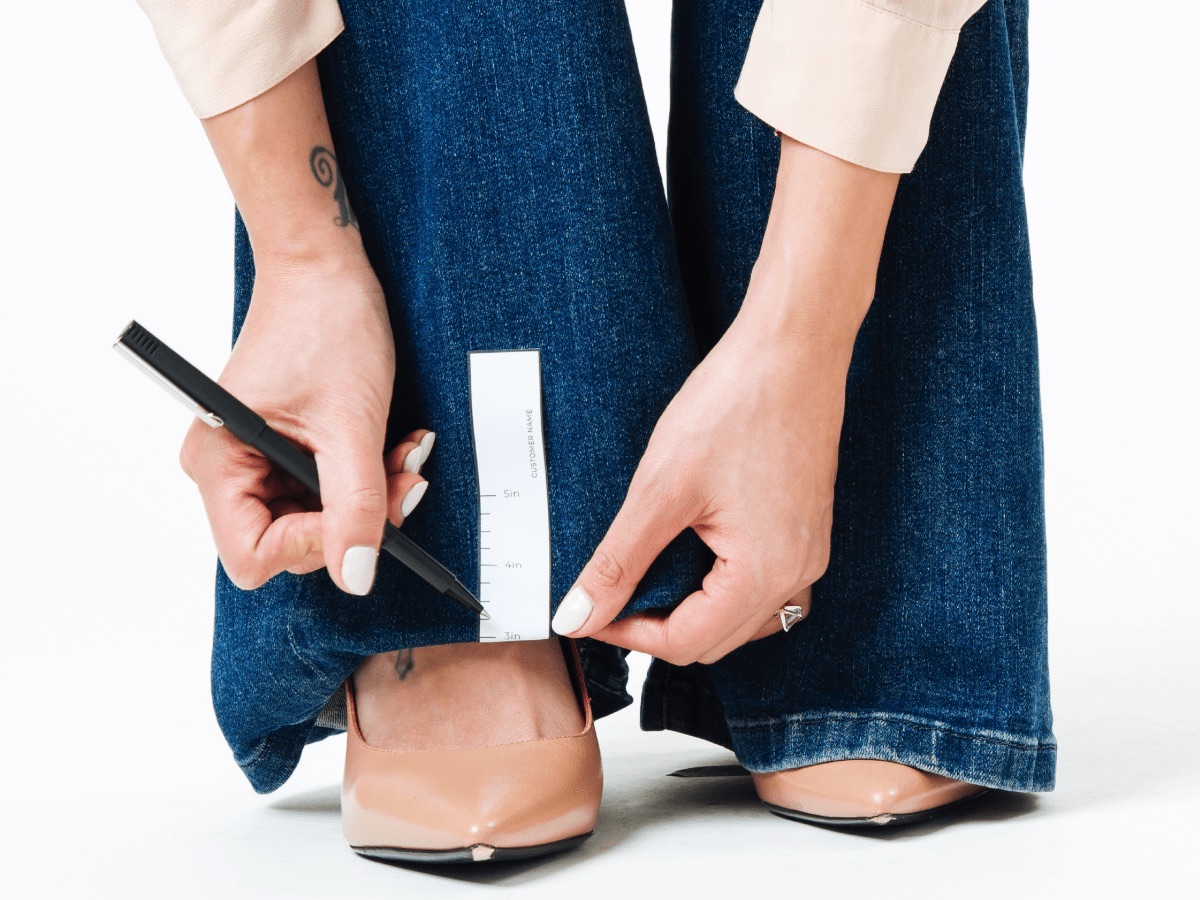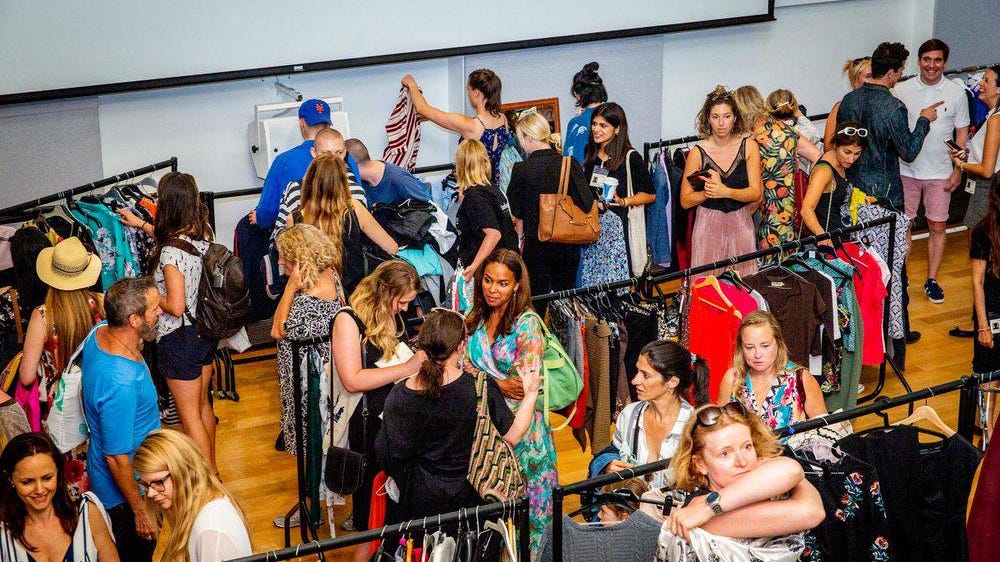Many of us are on a constant quest to find luxury fashion brands and collections that are chic and also sustainable, especially as 2022 dawns. Our ace correspondent Julie Chang Murphy is sharing 5 inspiring ideas for 2022 on how to shop sustainable luxury fashion brands and how to live more sustainably by buying vintage, reselling items online and more.
trend toward sustainable luxury fashion accelerates
The steady march towards sustainability in fashion has quickened into a necessary run. According to economists, the supply chain crisis resulting from the worldwide pandemic could continue into the year 2023.
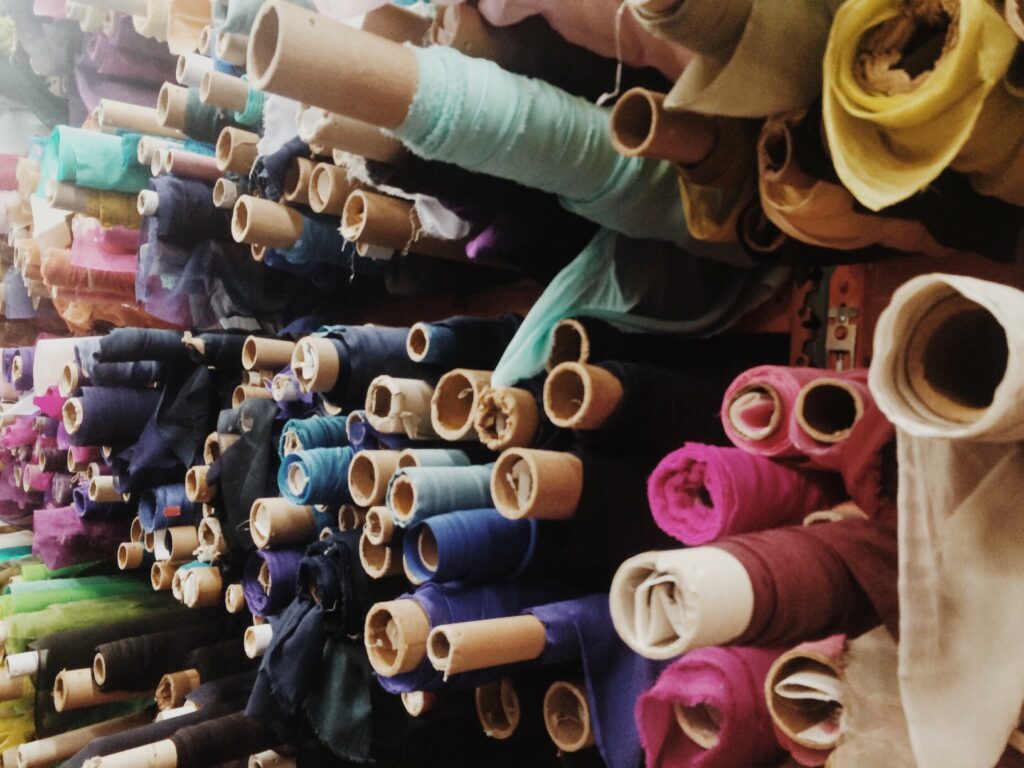
inspiring ideas for 2022 on how to shop sustainable luxury fashion brands and how to live more sustainably by buying vintage, reselling items online and more.
Raw material shortages. Factory closures. Lack of truck drivers and workers in warehouses. It’s humbling to see how interconnected we all are. Consumers have had to reconsider their shopping habits and the conveniences we once took for granted.
[white_box]Join our community
For access to insider ideas and information on the world of luxury, sign up for our Dandelion Chandelier newsletter. And see luxury in a new light.
sign up now >
[/white_box]
Many of us have vowed to do better in the new year. Is there a way for people who love fashion to buy and wear clothes in a responsible way? The answer is a resounding yes. You may have heard terms like slow fashion, deadstock, upcycled, and circular fashion used interchangeably but they are all different ways to be sustainable. You don’t only have to buy vintage or only rent your clothing. A multi-faceted approach exists and it certainly won’t cramp your style.

inspiring ideas for 2022 on how to shop sustainable luxury fashion brands and how to live more sustainably by buying vintage, reselling items online and more.
In this piece, we’re taking you through some of the most sustainable ways to buy clothes, wear and maintain what you own and what to do once the lifecycle of a piece of clothing is up. It could be the wardrobe upgrade you didn’t even know you needed.
Here are 5 inspiring ideas for 2022 on how to shop sustainable luxury fashion brands and how to live more sustainably by buying vintage, reselling items you no longer want and more.
Something borrowed, Something new-ish.
Wanting a fresh outfit to wear doesn’t actually have to mean buying something new. We all know about buying vintage or secondhand. You either love the search and the bargains or hate it. And if you hate it, not to worry. There are many ways to be intentional about what you buy from supporting brands that design sustainably using recycled textiles, innovate with eco-friendly materials, and promote slow fashion.
[white_box]Related Post
The 12 best sustainable gadgets for an eco-friendly home
read more >
[/white_box]
1. buy brands using recycled textiles.
tonlé, for example, only uses fabrics that are a combination of deadstock, cut-waste, and textiles that, although high quality, were not seen as fit to be used in industrial production. Because fabric selection drives the design, most of the apparel is only available in limited quantities which reduces waste from the beginning. The brand also has a platform, Open Closet Reimagined, that allows makers in the community to use their creative skills to create one-of-a-kind pieces using a full range of garments – from “like new” to well-worn and even slightly damaged in an effort to reduce textile waste.
2. support the use of eco-friendly materials.
Other possibilities exist beyond recycled textiles. At Brother Vellies, Creative Director and Founder Aurora James, has made a name for herself by creating luxury shoes and accessories made from by-product materials that have been sourced from farmers all over the world, soles from recycled tires, and floral-dyed feathers. Allegorie and Marici and two innovative handbag companies that forego leather and use low-impact and bio-biodegradable materials made from the waste of pineapple leaves and apple peels.
3. practice slow fashion.
Perhaps one of the easiest ways to be sustainable is just to buy more efficiently. Brands like Aday and Cuyana, may also use recycled fibers and sustainable textiles but actually promote buying less — something that seems counterintuitive for an apparel brand. Aday emphasizes their optimized and intentional pieces that can be worn in different ways, for different activities, on repeat. Cuyana commits to “fewer, better things” made from premium materials that are not influenced by trends and can be treasured for years to come. Vetta encourages eco-consciousness with their Capsule collections — 5 styles that can be mixed and matched in 30 different ways, drastically reducing your carbon footprint.
[white_box]Related Post
The best sustainable luxury items for outdoor parties
read more >
[/white_box]
4. Repair, not replace.
The average garment is only worn seven times before being discarded. That explains the staggering 17 million tons of textiles that end up in landfills. Not only that, but some textiles can take up to 200+ years to decompose in landfills. Before you throw out a garment with a tear or stain, consider the art of visible mending. Or, if you lack the skills or time, there are companies like Hemster that are using tech to modernize old school tailoring.
As the New York Times pointed out, “Only a few generations ago, socks were routinely darned, sweaters mended and pants patched.” But thanks to social media and quick, palatable videos, the appeal of mending is on the rise. A ripped hole becomes a style opportunity. In addition to decorative stitching from how-to inspo sites like www.visiblemending.com, brands like Ace and Jig release kits of their gorgeous leftover textile scraps to patch tears while simultaneously beautifying a style to give it a second life.
When something needs a bigger fix, consider a company like Hemster — looking to bring back the art tailoring and alterations. When something fits better, you wear it longer. Through a virtual fitting or a do-it-yourself method via ruler stickers, you can customize a garment according to your specifications. That pattern is then loaded into your profile for easy reuse and reference. The newly tailored piece comes back within 1-3 days.
3. The end is only the beginning
When the end is near for some garments, there are many ways to be conscientious about keeping them in circulation and out of landfills. Resale sites like Poshmark, Thred Up and The Real Real are thriving marketplaces for secondhand apparel and accessories. We’ve previously covered the ins and outs here.
[white_box]Related Post
10 Tik Tok fashion trends you definitely need to know right now
read more >
[/white_box]
A relative newcomer to the sharing economy is peer-to-peer rental. After all, if we can rent out our homes, why not clothes? Platforms like Tulerie, Wardrobe, and By Rotation are judged to be 20 percent more sustainable than inventory-based rental models like Rent the Runway. Stock can become outdated quickly but with peer-to-peer concept, there are intrinsically thousands of buyers with different tastes and styles. If you’ve outgrown that designer garment, rent it out and maximize your ROI. If these platforms keep growing (Tulerie’s user base has grown 300 per cent through this year), it might encourage consumers to invest in better quality fashion that has a longer life. Also, fashion that can be lent out.
Finally, consider a clothing swap IRL. Sometimes referred to as “swishing,” these community-building events are trending as a way to socialize and move away from fast fashion that is homogenous and resource intensive.
The shift in consumer consciousness is changing the sartorial landscape. What’s old, recycled, and repurposed is new and yesterday’s taboos are now seen as ethical and even, stylish. There’s never been a better moment to join in the fashion revolution!
how to shop sustainable luxury fashion in 2022
Those are just 5 ideas that we find both inspiring and practical for 2022 on how to shop sustainable luxury fashion brands and live more sustainably by buying vintage, reselling and more. What do you think, dear reader? Are you in on this?
join our community
For access to insider ideas and information on the world of luxury, sign up for our Dandelion Chandelier Newsletter here. And see luxury in a new light.
This article contains affiliate links to products independently selected by our editors. As an Amazon Associate, Dandelion Chandelier receives a commission for qualifying purchases made through these links.
 Crediting her training as a cultural anthropologist at Wellesley College, Julie has immersed herself in various industries in the last 15 years including fashion design, event planning, and fitness. Julie lives in New York where she loves trying every ramen and dumpling restaurant with her husband and three children. She finds joy in bold prints, biographies of fierce women, kickboxing. And spending way too long finding the perfect polish color to express her mood.
Crediting her training as a cultural anthropologist at Wellesley College, Julie has immersed herself in various industries in the last 15 years including fashion design, event planning, and fitness. Julie lives in New York where she loves trying every ramen and dumpling restaurant with her husband and three children. She finds joy in bold prints, biographies of fierce women, kickboxing. And spending way too long finding the perfect polish color to express her mood.
